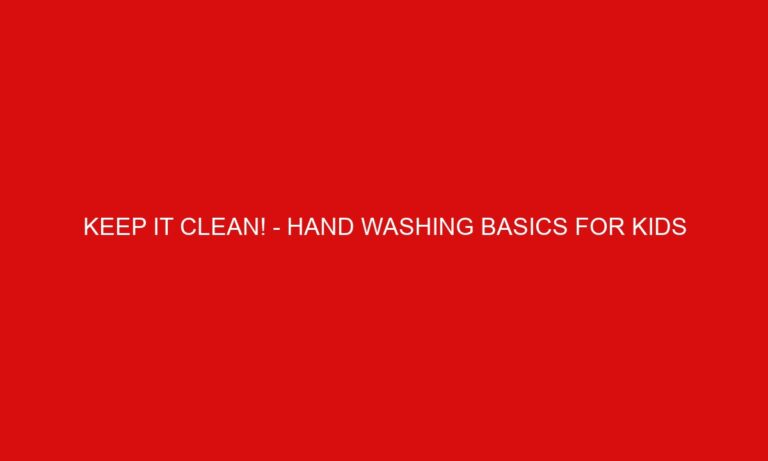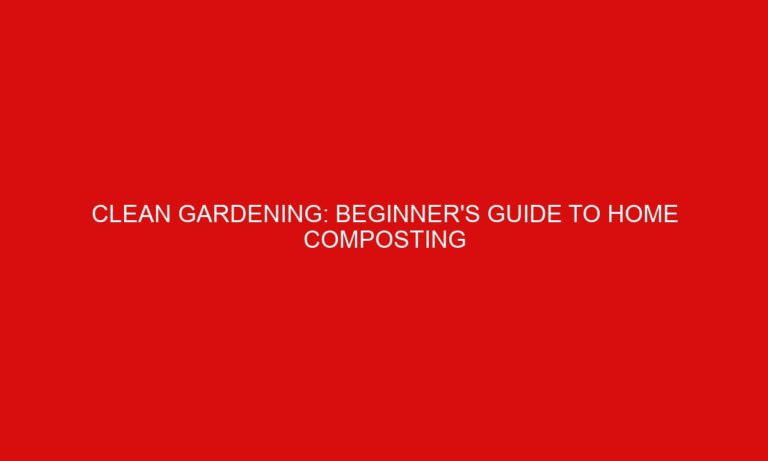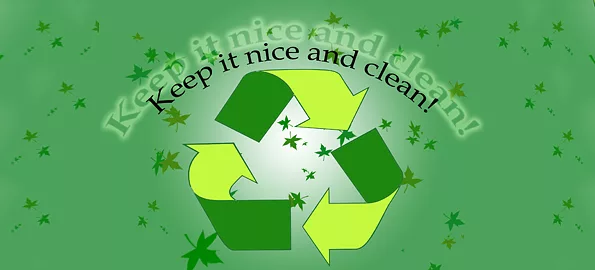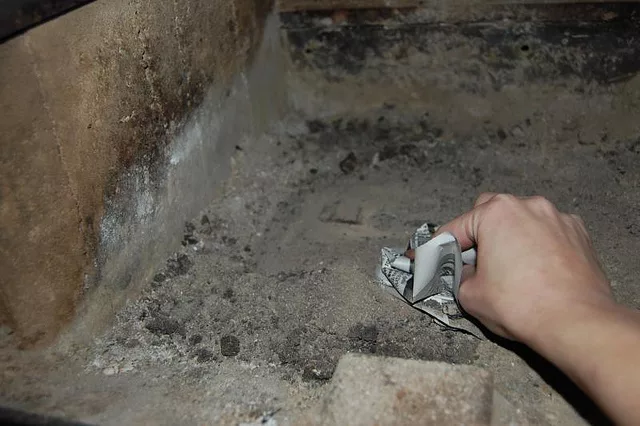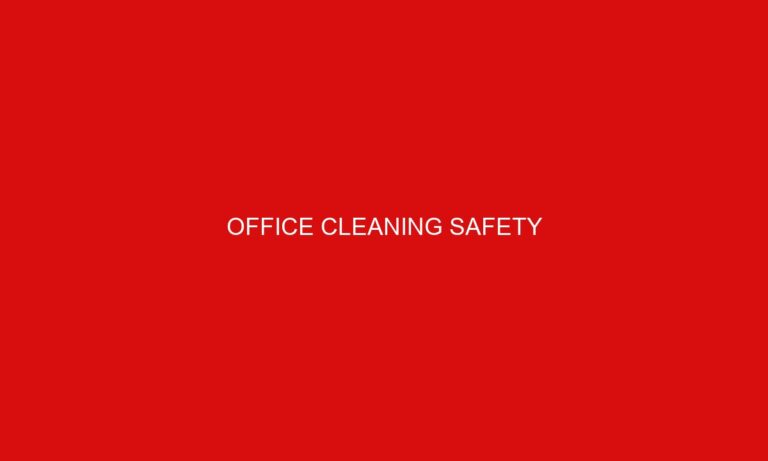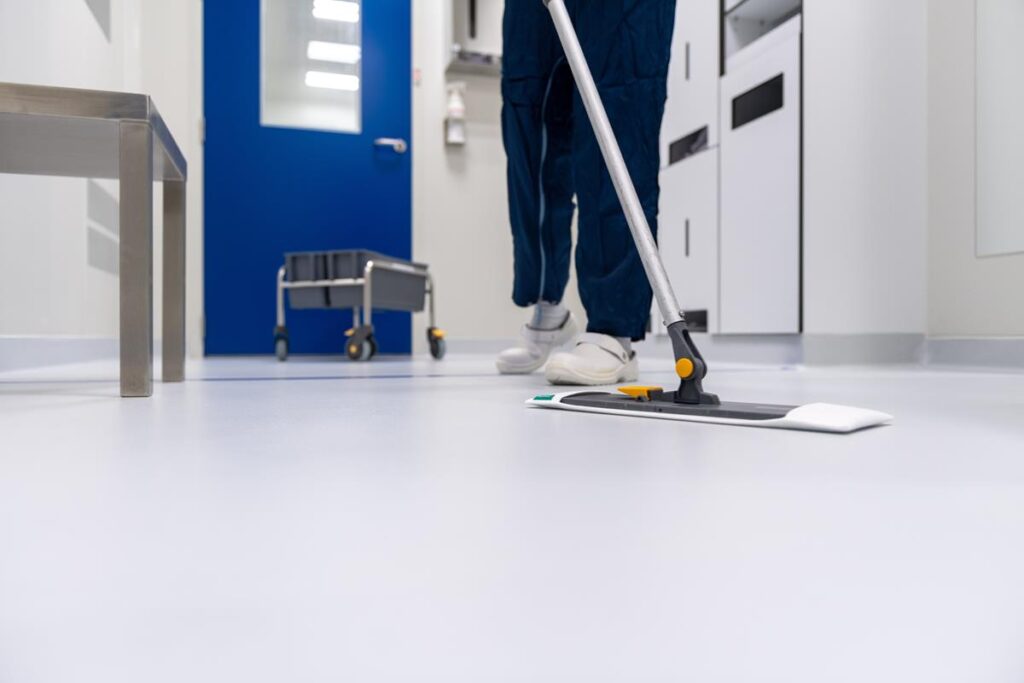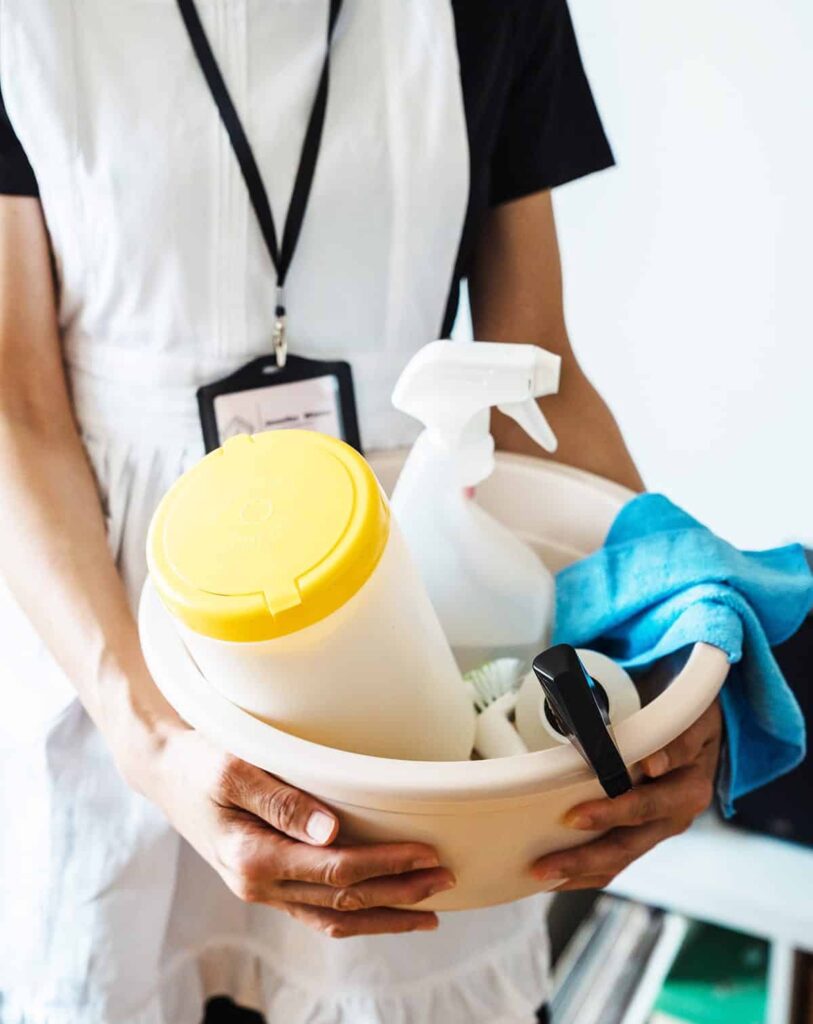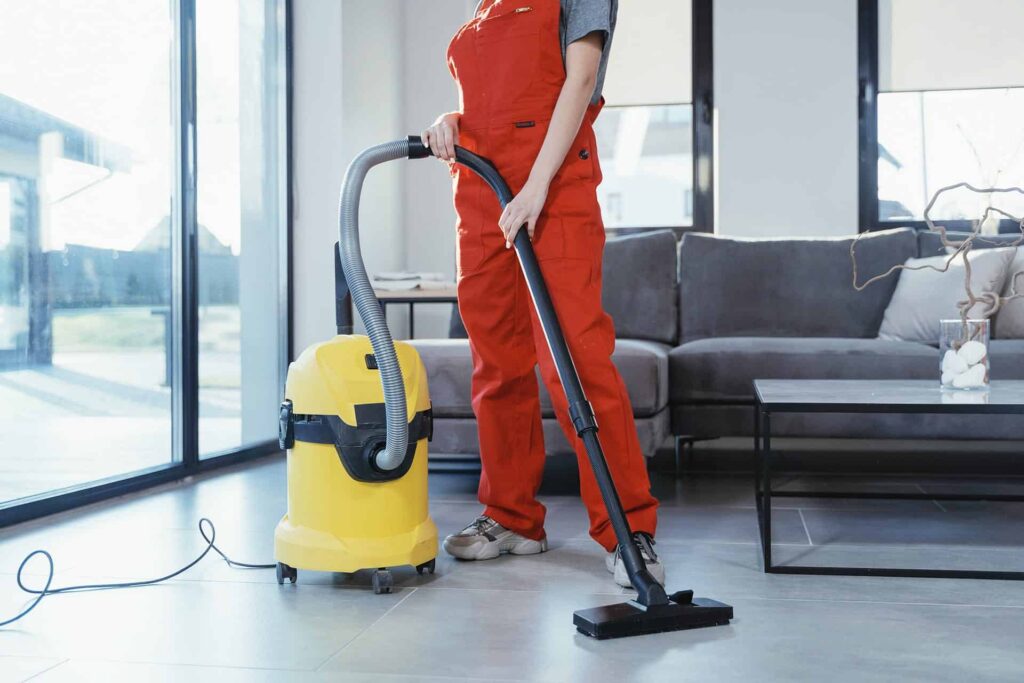Cleaning Up Water Damage in the Home
Cleaning Up Water Damage in the Home
Written by:
Intense water damage can cause a homeowner thousands of dollars for repairs. With many American families going without flood insurance and many different causes of water damage out there, it is likely that a homeowner might have to deal with this problem on their own at least once within a home’s lifetime. Whether it’s just a dripping ceiling or a devastating first floor, it’s important to know what to do with water damage.
Often, natural disasters like flash floods and hurricanes can cause water damage, but it can also be the result of man-made problems. Frozen pipes, clogged gutters, faulty plumbing, and a backed-up sump pump can also cause untold damage. This kind of damage may start as a drip or a stain on the ceiling, but it’s important to remain just as vigilant and active in those cases. In this instance, many preventative measures can be used. First, a homeowner should look for irregularities in their water bill. If it goes up suddenly, a leak may be present. Second, listening for drips and looking at pipes regularly can help with detection. Lastly, good housekeeping routines can avoid many of the most common water-damage issues, such as cleaning out gutters, keeping the house at a reasonable temperature, and checking the plumbing periodically.
Unfortunately, sometimes, there are things homeowners simply can’t avoid, such as major floods, hurricanes, or other water-related natural disasters. There are still things that homeowners can do to prevent complete havoc. For instance, keep very important paperwork, such as Social Security cards, in a watertight container. Make sure that electrical components and major appliances are at least 12 inches above a projected flood elevation. This might include placing a furnace or water heater on cement blocks. As with any natural disaster, the homeowner and family should have an emergency preparedness plan so that all residents know where to go and what to do in a crisis.
Even after taking these measures, sometimes, water damage happens. What should a homeowner do then? Once the area has been deemed safe to re-enter, the first priority is to turn off the electricity. However, if you need to enter standing water to do so, you should never attempt it without the help of an electrician. This is very important, even if it delays cleaning. Have the house checked thoroughly before turning the power back on again. If it’s been a few days, open windows and doors and let it air out for at least a half-hour. Note that if the home has been flooded, it may contain sewage and mold. Be sure to call your insurance company and file a claim; pictures may need to be taken.
Next, you’ll want to dry out your house. If your house is not yet safe for electricity, you’ll want to use a generator; however, never use it indoors, as its gases can cause carbon monoxide poisoning. Using fans, sump pumps, and dehumidifiers, dry out the house. Wearing gloves, boots, and masks, remove wet contents immediately. A homeowner will need to clean everything with disinfectants to prevent mold growth. Also, before use, HVAC systems should be checked thoroughly by professionals (and they should also be on guard for asbestos). Allow the septic systems to dry out; restrict the use of the shower and toilets. Also, continue to boil water for drinking until the water supplies are safe again.
These tips are for drastic damage. For small stains and water-damage problems, some of the same steps are necessary. A homeowner will want to turn off the power and the water supply and call the necessary workers to help. Wash hard surfaces with soap and hot water, and remove porous materials like insulation or damaged furniture. If someone starts to exhibit signs of exposure to toxins (including coughing, redness, or difficulty breathing), tell them to stop cleaning and call a professional.
Use the following resources to prevent and/or treat water damage:
- Health Checklist for Repairing Your Flood Damaged Home
- The Complete Guide: Repairing Your Flooded Home (PDF)
- Flood Cleanup: Avoiding Indoor Air Quality Problems (PDF)
- Reentering Your Flooded Home
- If Your Home Was Flooded
- Mold Removal Guidelines for Your Flooded Home (PDF)
- Home or Business Flooded? (PDF)
- Quick Tips to Prevent Water Damage (PDF)
- Treating Mold, Mildew, or Musty Odors
- Steps to Reduce Flood and Water Damage (PDF)
- Flood Clean Up: Dealing with Water Damage (PDF)
- Water Damage Response and Mold Remediation
- Guidance Concerning Remediation and Prevention of Mold Growth
- Preserving Water-Damaged Valuables and Collections
- Water Damage Response: Mold Prevention (PDF)
- Salvage And Restoration Hints (PDF)
- Mold Hazards During Disaster Cleanup (PDF)
- Five Easy Tips to Prevent Water Damage
- Burst and Frozen Water Pipe Advice
Contact Us
Get a quote
Your satisfaction is our priority, and we’re here to assist. Reach out to Busy Bee effortlessly by contacting us. Whether you have questions, need a custom quote, or want to discuss your cleaning requirements, our friendly team is ready to respond promptly. Connecting with us is the first step towards a cleaner and more comfortable environment for your home or business.
Call us for a quote today!
Contact Us
Get a quote
Your satisfaction is our priority, and we’re here to assist. Reach out to Busy Bee effortlessly by contacting us. Whether you have questions, need a custom quote, or want to discuss your cleaning requirements, our friendly team is ready to respond promptly. Connecting with us is the first step towards a cleaner and more comfortable environment for your home or business.


